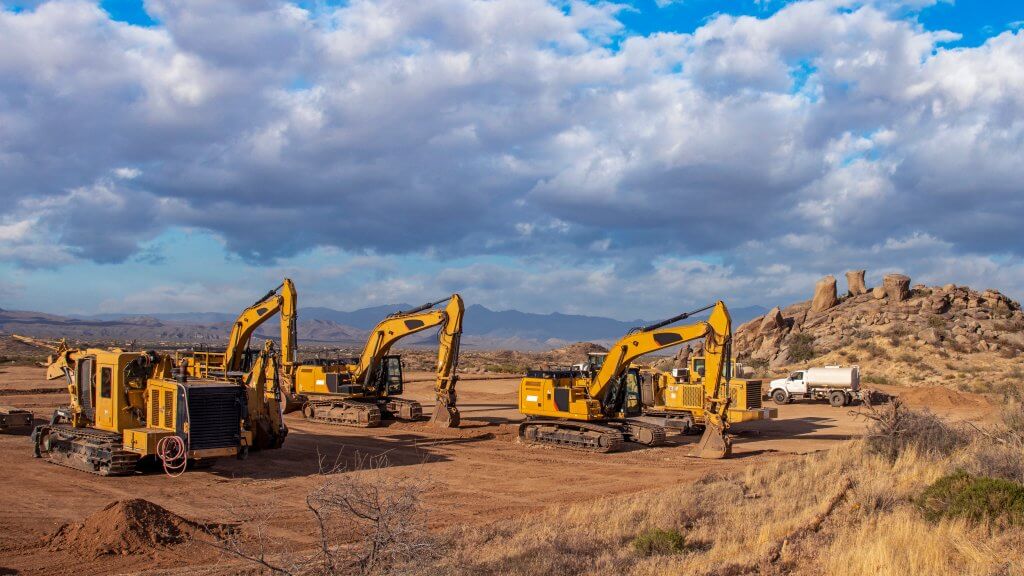Access the A101®-2017, A102®-2017, A103®-2017, A104®-2017, A105®-2017, A132®–2019, A133®-2019, and A134®-2019
To purchase a one-time use license for the documents in this article, visit the links below:
A101-2017 Standard Form of Agreement Between Owner and Contractor
A102-2017 Standard Form of Agreement Between Owner and Contractor
A103-2017 Standard Form of Agreement Between Owner and Contractor
A104-2017 Standard Abbreviated Form of Agreement Between Owner and Contractor
A105-2017 Standard Short Form of Agreement Between Owner and Contractor
Interested in getting unlimited access to our full 250+ library of agreements and forms?
Visit the link below to learn more: https://shop.aiacontracts.com/unlimited-subscription
March 27, 2024
Understanding the Key Differences Between CM and DBB Construction Methods
When embarking on a construction project, choosing the right delivery method is crucial for project success. Two of the most commonly used delivery methods are Design-Bid-Build (DBB) and the Construction Manager (CM) method. While both approaches aim to bring a project to completion, they differ significantly in their processes, collaboration, and risk allocation. Let’s break down the fundamental differences between these two methods and understand which might be best suited for your next project.
Project Phases: The DBB vs. CM Approach
One of the key differences between DBB and CM lies in how the project is phased.
In a Design-Bid-Build (DBB) project, the process follows a linear, step-by-step sequence. First, the architect prepares the plans and specifications for the owner. Then, the owner issues a bid for the construction work, and contractors submit proposals based on the finalized design. The owner awards the contract to the lowest qualified bidder, who is responsible for constructing the project.
In contrast, the Construction Manager (CM) method involves much earlier integration of the construction manager into the project lifecycle. The CM is typically involved in the design phase, working alongside the design team to provide input on constructability, scheduling, and budgeting. The construction manager is selected based on qualifications and experience, allowing for greater collaboration from the outset, which can lead to a more seamless process.
Collaborative Dynamics: How Collaboration Impacts Project Outcomes
The collaborative dynamics between the construction manager and the design team can significantly affect the project’s overall efficiency and quality.
In DBB, the contractor and designer work independently at different stages, often leading to limited interaction. This separation can result in inefficiencies and conflicts during the construction phase, as design and construction teams may not be aligned on the same goals from the beginning. Issues like design discrepancies or unanticipated costs can arise more frequently, which can delay the project and increase costs.
On the other hand, CM encourages early collaboration among designers, construction managers, and owners. This proactive communication fosters consultation, early cost estimates, and problem-solving. By addressing potential issues during the design phase, CM delivery typically results in a smoother construction process, fewer changes, and better project outcomes.
Risk Allocation: Who Bears the Cost?
Risk allocation is another area where DBB and CM methods diverge.
In Design-Bid-Build (DBB) projects, the owner often bears the bulk of the project’s risk. The owner is responsible for coordinating various stakeholders, such as architects and contractors, and managing any discrepancies between the design and the actual construction. This can lead to additional costs, especially when issues arise during the construction phase that weren’t anticipated during design.
In contrast, the Construction Manager (CM) method typically shifts some of this risk onto the construction manager. In many CM contracts, the construction manager agrees to deliver the project within a Guaranteed Maximum Price (GMP). This means that if costs exceed the agreed-upon maximum price, the construction manager assumes responsibility for the overages, providing financial security for the owner. This risk-sharing arrangement can provide peace of mind for owners, knowing that any cost overruns will not be their responsibility.
When to Choose DBB vs. CM for Your Project
Both CM and DBB methods have their advantages and can be highly effective depending on the project type. If you are managing a complex project that requires early collaboration, detailed budgeting, and risk management, the CM method may be the best choice. On the other hand, if your project is straightforward, well-defined, and the owner prefers a more traditional approach, DBB could be a suitable option.
If you decide to proceed with the Design-Bid-Build approach, consider reviewing the appropriate AIA Contract Documents for your project, such as A101®-2017, A102®-2017, A103®-2017, A104®-2017, or A105®-2017. If the Construction Manager method is the preferred delivery approach, review AIA Contract Documents like A132®-2019, A133®-2019, or A134®-2019 for guidance.
Making an Informed Decision for Your Next Construction Project
Choosing the right construction delivery method is a critical decision for any owner or project manager. Whether you opt for the Design-Bid-Build method or the Construction Manager approach, understanding the key differences and how they align with your project’s goals is essential. By considering factors such as collaboration, risk allocation, and project complexity, you can make an informed decision and set your project up for success.
AIA Contract Documents has provided this article for general informational purposes only. The information provided is not legal opinion or legal advice and does not create an attorney-client relationship of any kind. This article is also not intended to provide guidance as to how project parties should interpret their specific contracts or resolve contract disputes, as those decisions will need to be made in consultation with legal counsel, insurance counsel, and other professionals, and based upon a multitude of factors.

